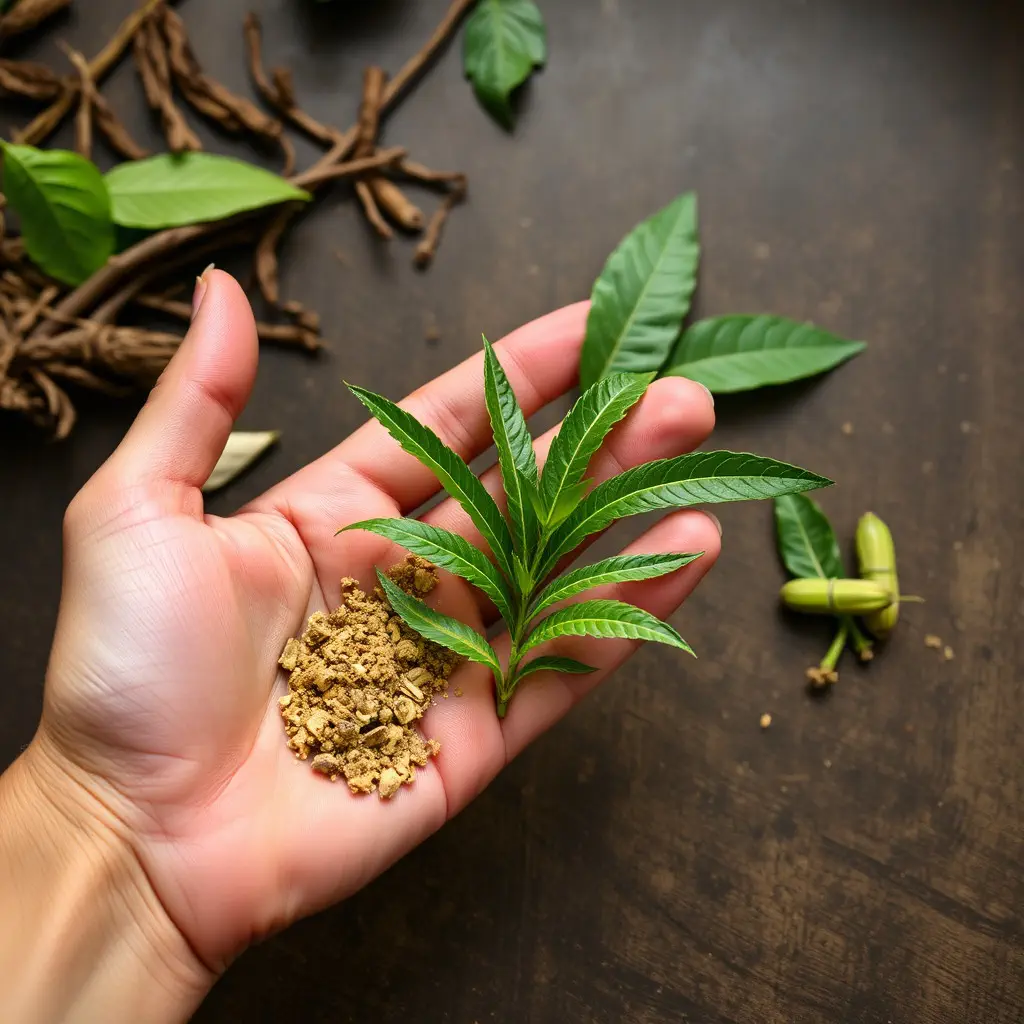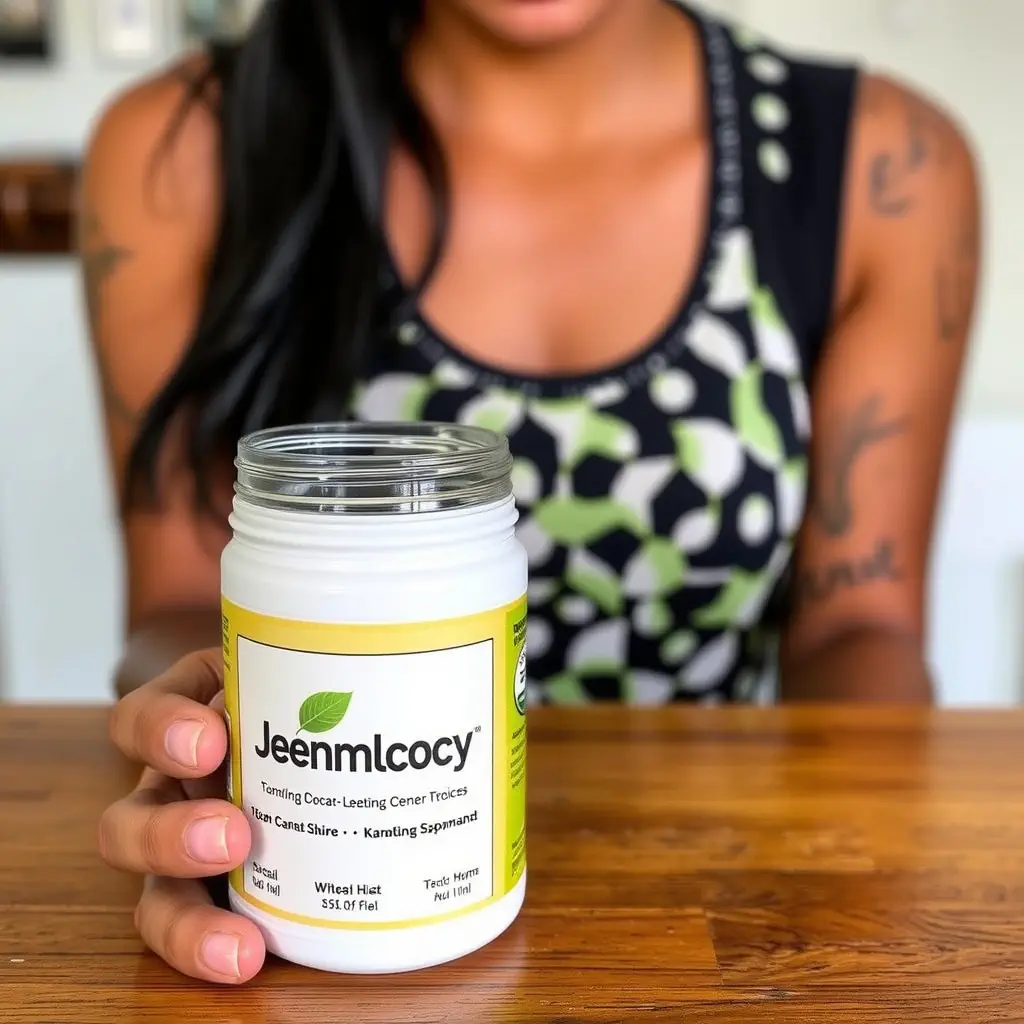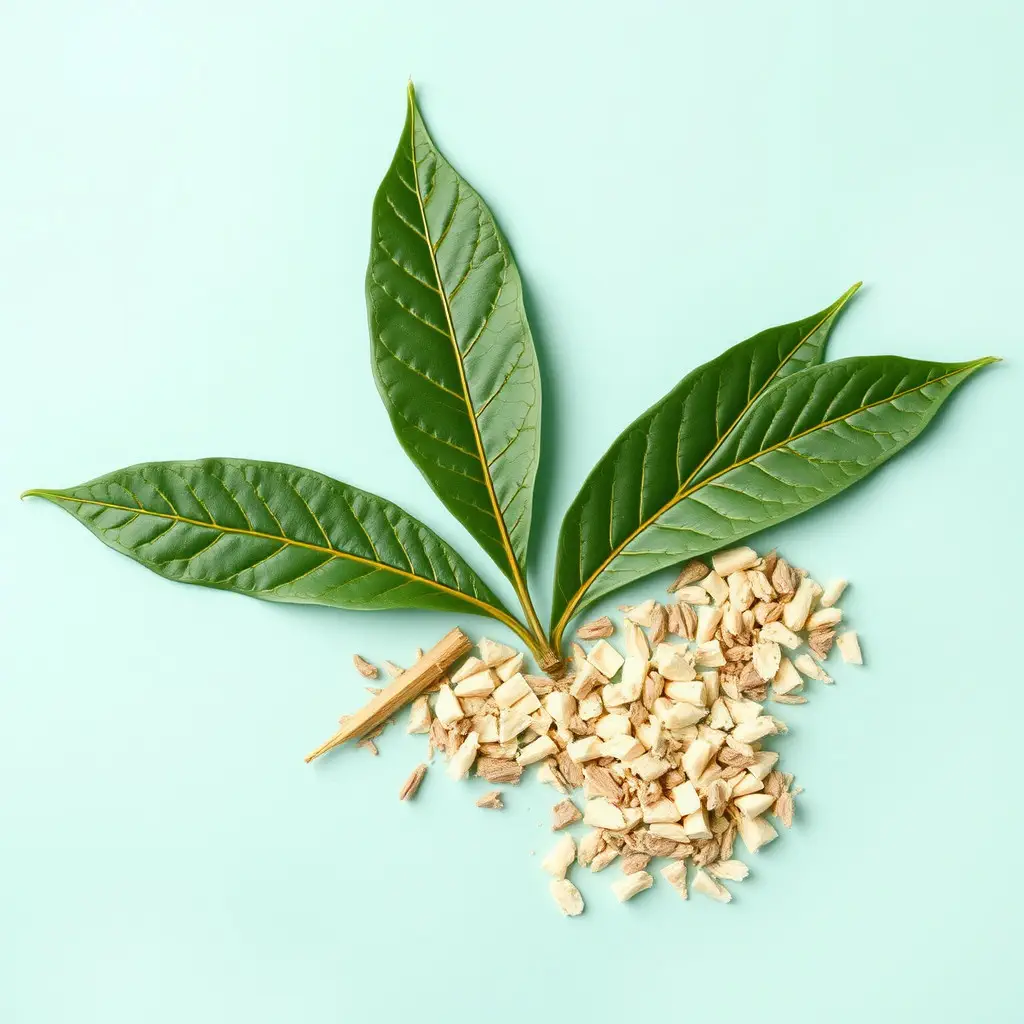Kratom, derived from the Mitragyna speciosa tree, is being explored as a therapeutic alternative for managing opioid withdrawal and pain, with its alkaloids mitragynine and 7-hydroxymitragynine interacting with opioid receptors to potentially alleviate symptoms. While its use should be under medical supervision due to varying effects on individuals, ongoing research is examining its role in addiction recovery, emphasizing the need for a comprehensive treatment approach that includes professional guidance and support systems. Prospective users must verify kratom's legal status in their jurisdiction, as it varies widely, from complete bans to unrestricted availability. For those where it is legal, safe and quality-controlled kratom can be found at specialized stores or reputable online retailers that provide third-party lab results. It's crucial for individuals to consult with healthcare providers before incorporating kratom into their recovery plan and to select strains like Maeng Da, Bali, or Indo from trusted sources to ensure the best chance of a positive outcome in their journey toward recovery. Remember to check the legal status of kratom in your area and purchase it from reliable vendors for safety and efficacy.
Kratom, a botanical derived from the leaves of Mitragyna speciosa, has emerged as a topic of interest in the realm of addiction treatment and recovery. Its potential to alleviate opioid withdrawal symptoms has sparked curiosity among researchers and those seeking alternatives to traditional medication-assisted treatments (MAT). This article delves into the multifaceted role of kratom in aiding recovery from substance use disorders, examining the science behind its effects, legal considerations for access, and strategies for procuring quality kratom products. For those exploring the benefits of kratom as part of their healing journey, understanding where can I find kratom that is both effective and legally permissible is crucial. Join us as we navigate the complexities of kratom’s role in addiction treatment and recovery.
- Understanding Kratom's Role in Addiction Treatment and Recovery
- The Science Behind Kratom's Effects on Opioid Withdrawal Symptoms
- Navigating Legal Considerations and Finding Quality Kratom Products for Recovery
Understanding Kratom's Role in Addiction Treatment and Recovery

Kratom, a natural substance derived from the leaves of the Mitragyna speciosa tree, has garnered attention in the realm of addiction treatment and recovery due to its potential therapeutic properties. For individuals seeking alternatives to traditional opioid treatments for withdrawal symptoms and pain management, kratom may offer a promising avenue. Its primary active components, mitragynine and 7-hydroxymitragynine, interact with the body’s opioid receptors, which can help alleviate withdrawal symptoms in those recovering from opiate addiction. However, it is crucial to approach kratom with caution and under medical supervision, as its effects can vary significantly among users.
The efficacy of kratom in the treatment of addiction is an area of ongoing research. Users who wish to incorporate kratom into their recovery plan should first consult healthcare professionals. It’s important to understand that while kratom might serve as a tool for managing symptoms, it should be part of a comprehensive recovery strategy that includes therapy, support groups, and other evidence-based treatments. For those interested in where can I find kratom, it is available in various forms, including capsules, powder, and tea, at specialized stores or through online retailers that comply with local laws and regulations. Users must be informed about the correct dosage and the potential for side effects, as well as the legal status of kratom in their jurisdiction before use.
The Science Behind Kratom's Effects on Opioid Withdrawal Symptoms

Kratom, a plant native to Southeast Asia, has garnered attention in the realm of addiction treatment, particularly for its potential effects on opioid withdrawal symptoms. The alkaloids present in kratom leaves, namely mitragynine and 7-hydroxymitragynine, are believed to interact with the body’s opioid receptors, offering both opioid-like and stimulant-like effects. These interactions may help alleviate the distressing symptoms of opioid withdrawal, such as anxiety, muscle aches, insomnia, and cravings. Preclinical studies have shown that kratom can mitigate withdrawal symptoms in animal models, suggesting a potential therapeutic role for humans experiencing opioid dependence.
Research is ongoing to understand the full scope of kratom’s effects, including its mechanisms of action and long-term implications. The interest in kratom as a treatment option has led to a surge in its availability; those seeking kratom can find it at specialty stores, online platforms, or in some cases, as part of formal addiction treatment programs. However, the regulatory status of kratom varies by country and region, with some classifying it as a controlled substance due to concerns about its safety and potential for abuse. As such, individuals considering kratom as part of their recovery journey should do so under medical supervision, ensuring access to evidence-based treatments and ongoing support.
Navigating Legal Considerations and Finding Quality Kratom Products for Recovery

When exploring Kratom as a tool for addiction treatment and recovery, it’s crucial to navigate the complex legal landscape surrounding its use. Kratom, derived from the leaves of the Mitragyna speciosa tree, has gained attention for its potential in helping individuals manage withdrawal symptoms and cravings associated with opioid addiction. However, the legal status of Kratom varies by state and country, with some regions imposing restrictions or bans due to regulatory concerns. Prospective users must first verify the legality of Kratom in their jurisdiction to ensure compliance with local laws. This due diligence is not only a matter of personal responsibility but also critical for maintaining the integrity of Kratom as a recovery option.
For those within legal boundaries, finding high-quality Kratom products is paramount for effective treatment. The market for Kratom is vast and varied, with products ranging from organic strains to those laden with additives and fillers. Consumers should approach the market with discernment, prioritizing vendors that provide third-party lab results verifying potency and purity. These analyses can reveal the presence of contaminants or adulterants, which can be detrimental to recovery efforts. Reputable sources often offer a range of Kratom strains, including Maeng Da, Bali, and Indo, each with its own alkaloid profile that may cater to specific needs in the recovery process. By researching and sourcing Kratom from reputable suppliers, individuals can create a supportive environment for their recovery journey.
In concluding this discourse on Kratom’s potential role in addiction treatment and recovery, it is evident that this botanical substance offers a multifaceted approach to addressing opioid withdrawal symptoms. The scientific evidence supporting its efficacy in alleviating the discomfort associated with detoxification is promising, suggesting that Kratom could be a valuable tool for those seeking recovery. Navigating the complex legal landscape surrounding Kratom is crucial for individuals considering its use; reliable sources and adherence to local laws are imperative. For those interested in exploring Kratom as an option in their journey towards healing, it is essential to procure high-quality products from reputable vendors, such as where can I find Kratom that meets stringent quality control standards. Ultimately, while Kratom may not be a one-size-fits-all solution, it holds potential as part of a comprehensive treatment plan for addiction recovery.






